First thing this morning, a room full of people joined Randall Faber for his showcase. The primary emphasis was on the second edition of the Piano Adventures 2B books.
One of the reasons I always love to attend the Faber’s workshops is because of the way they incorporate insightful and practical teaching tips. Randall pointed out that piano teaching involves pattern recognition – visual, aural, and kinesthetic. The students’ attention has to remain with us throughout the process. The students’ engagement is what we so often miss in piano pedagogy. These points factored into their decision to publish a second edition of their method series, something they’ve spent almost as much time on as the initial creation of the method.
Randall proceeded to walk attendees through the 2B Lesson Book, explaining some of the principles behind the introduction of various skills and concepts. It’s so interesting and helpful to hear the author of a method share their thinking behind it! Pieces become not merely an assignment to be learned and checked off, but an important component in the overall objective of helping students become excellent musicians.
“It’s not just a matter of teaching the patterns, but of helping the student dig in deeper to learn and understand the patterns. We want students to focus and dig.”
Students can learn to analyze, create, and express with the patterns, whether it be scales, chords, cadences, etc. It’s also inspiring to hear Randall play the pieces in the book because it reminds me of how important it is for students to develop musicality in their playing at every level. As teachers, we should have a clear aural picture of how the piece should sound so that we can instruct students in their development of the necessary skills to achieve excellence in their playing. Then we can also give them tools to analyze, create, and express themselves using the patterns found in each piece.
Cross-hand arpeggios are important for helping students learn to recognize chords in printed music. Blocked chords (“snowman chords”) are easier to recognize, but students must also learn to see broken chords (“tipped over snowmen”). Expression means “turning on the ear.” Encourage students to listen to the sound they are creating and to contrast the dynamics.
In reference to the introduction of “The Family of C’s” at the beginning of the book, Randall says, “More importantly than learning the notes is the technique that they use.” Teachers should keep this point in mind with every technical exercise contained in the book.
Throughout the presentation there were video clips of Nancy Faber and her students discussing and playing the concepts and pieces. Randall emphasized that because so much of playing the piano is based on pattern recognition, we should use student engagement to maximize pattern recognition. It’s not just about passing a piece and moving on. For example, when they learn the Boxcar Rumble piece later in the book, a student can be encouraged to apply the same left hand pattern to the earlier piece, “Captain Hook’s Rockin’ Party.”
We need to take whatever engages students and utilize that as a teaching tool. What engages students? Sound. Rhythm. So often students are detached from the sound. We need to invite them in to experience the sound of what they are playing. In fact, look for ways to use the sounds from the patterns to engage the students.
Randall went on to briefly discuss the Level 2B Sight-reading book. He pointed out the importance of continuing to use similar patterns to facilitate reinforcing the students’ reading skills. The correlating sight-reading books are specifically based on pieces from the lesson books, utilizing the same concepts and skills.
In a Nutshell: Pattern recognition is not only visual, but also auditory, and kinesthetic.





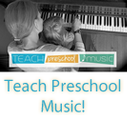
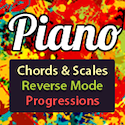


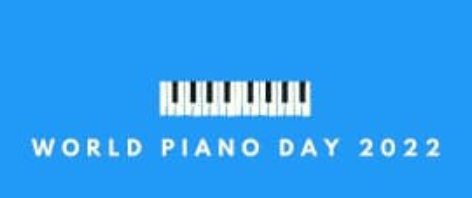



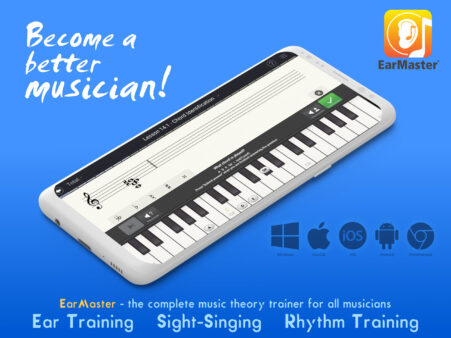
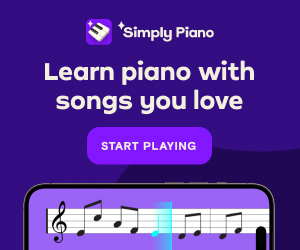


Leave a Reply